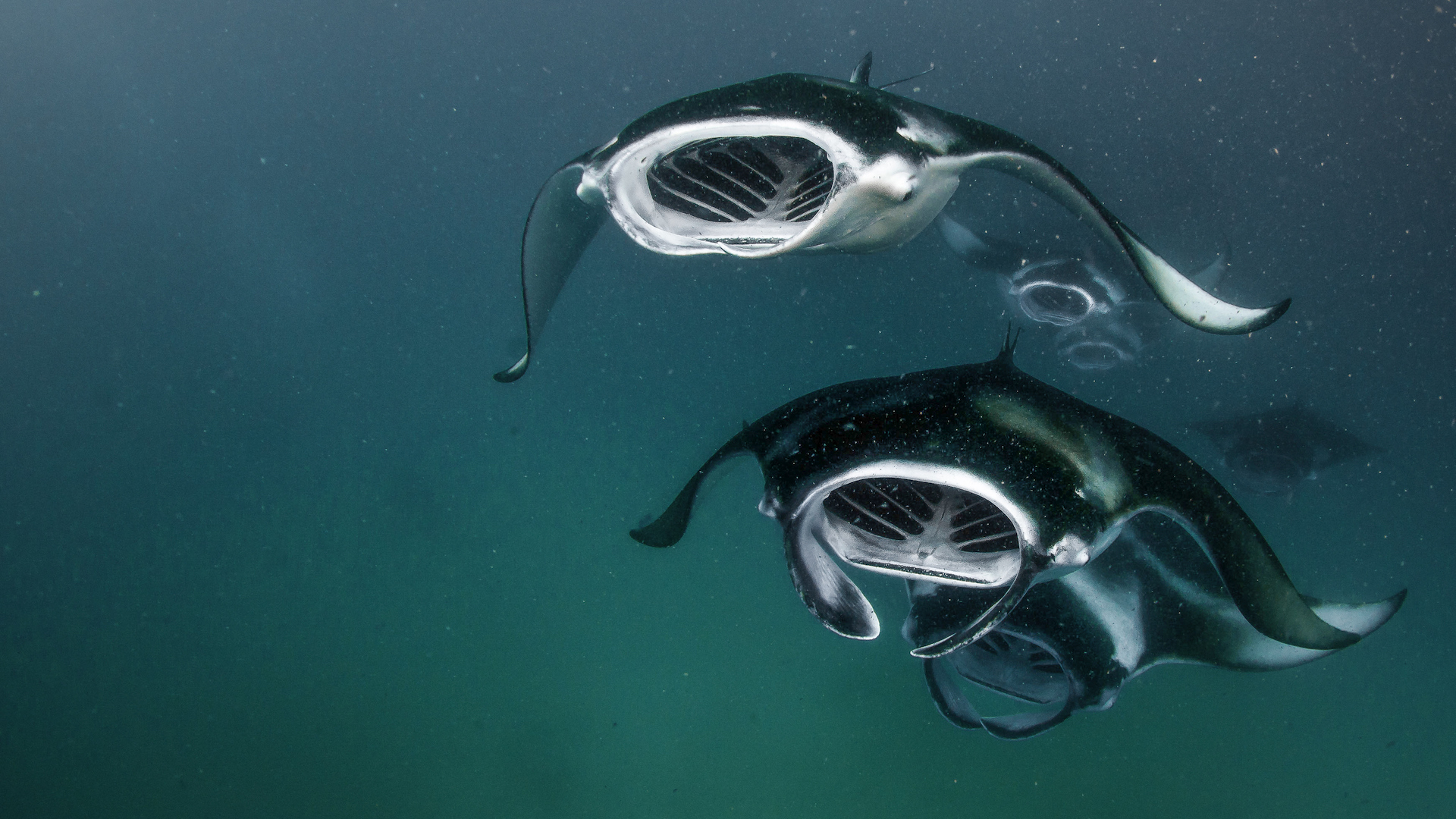
The tidy classification of organisms into different species forms the foundation of modern biology.
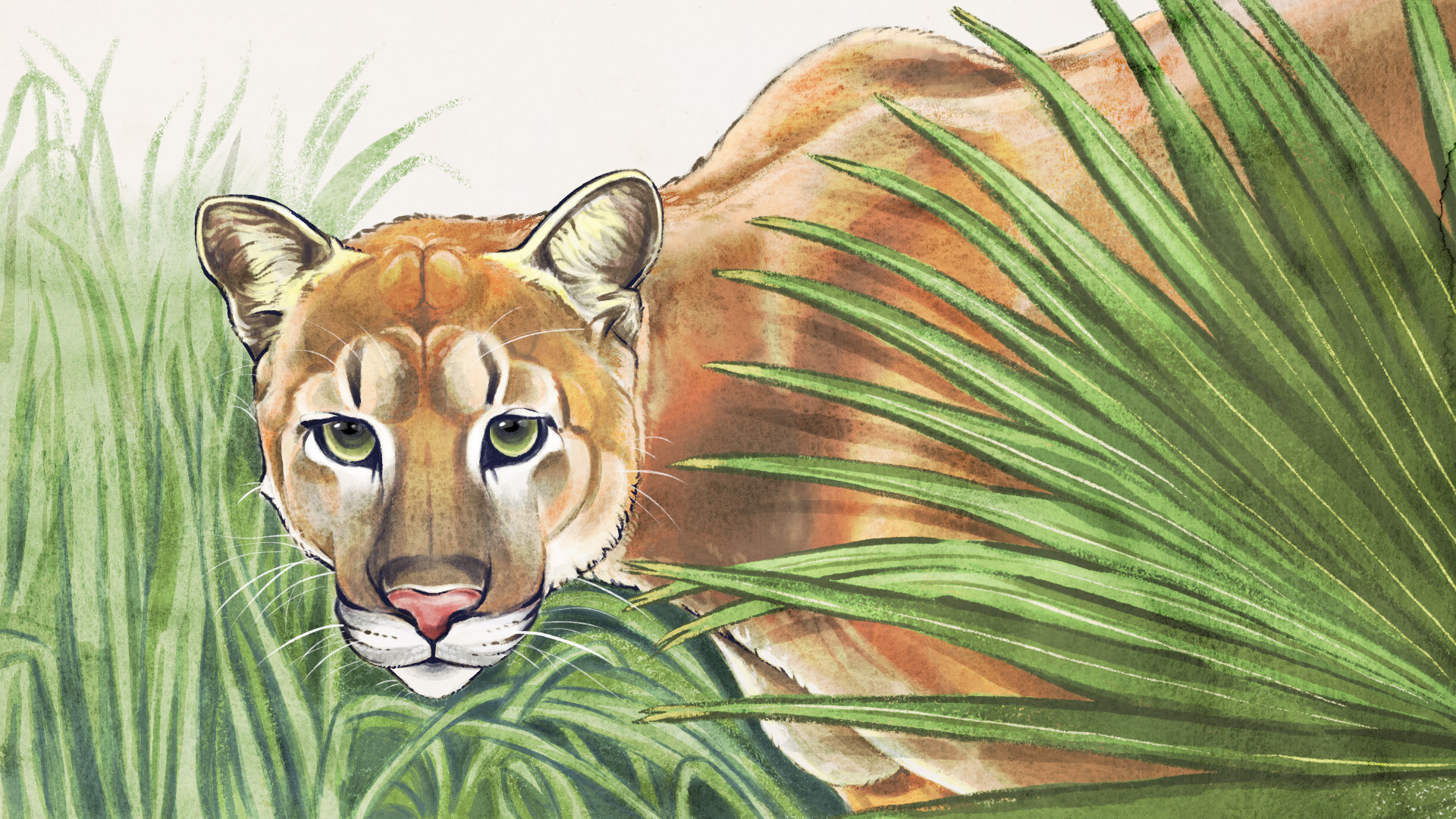
What defines a species? Inside the fierce debate that's rocking biology to its core
Read more:
—AI is rapidly identifying new species. Can we trust the results?
—20 of the best named animal species on Earth, from Boops boop to Agra vation
Yet the criteria used to differentiate a species is surprisingly fluid. In all, scientists have adopted at least 16 species definitions, and potentially as many as 32, to describe the roughly 2 million known species that exist today.
The upshot?
That number is constantly changing as species are adjusted or reclassified on the basis of new evidence. Single species are often broken apart into multiple, and seemingly different species sometimes turn out to be the same.
From the African elephant to the orca, even seemingly popular and well-established animals have come under scrutiny. Here are six times when scientists seemed to get classifications wrong.
Manta ray
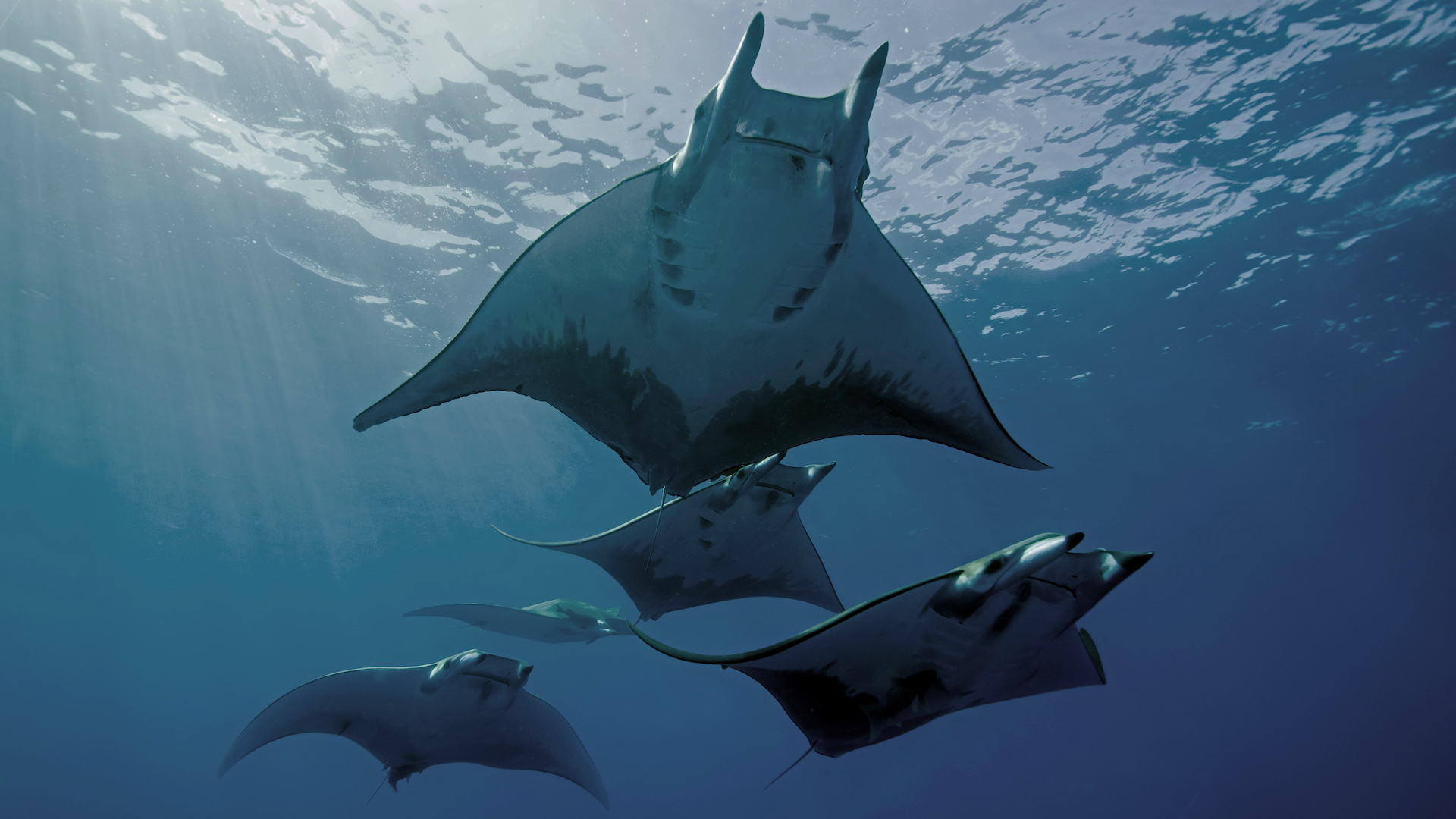
For hundreds of years, the manta ray was universally regarded as a single species, Manta birostris. Then, in 2009, University of Queensland graduate student Andrea Marshall published a paper differentiating the manta ray into two distinct species — the giant, or oceanic, manta ray (Mobula birostris) and the reef manta ray (Mobula alfredi) — based on consistent differences in their appearance. At the time, Marshall hinted at the possibility of a third species, and in 2020, researchers published genetic evidence backing her claim. While this new species has not yet been formally described, it is known colloquially as the Caribbean manta ray.
Florida panther
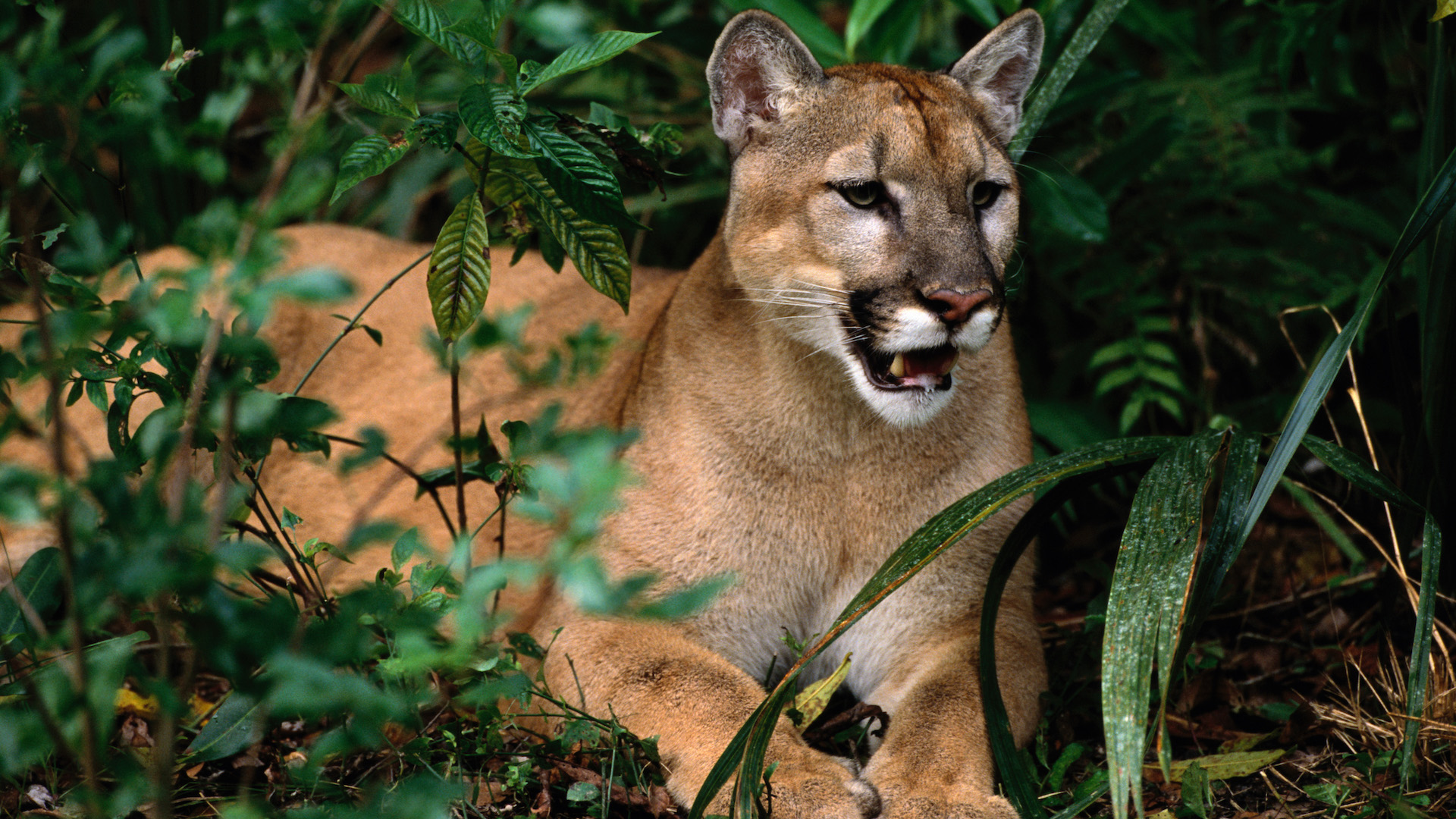
Deep in the Florida Everglades, lucky visitors might glimpse a flash of the state's largest and most endangered cat — the Florida panther. It's smaller than a typical cougar and has a kinked tail attributed to inbreeding among members of a shrinking population.
And the big cat has courted controversy since its discovery in 1896. Throughout the 19th and 20th centuries, scientists vacillated between classifying the Florida panther as just another North American cougar (Puma concolor couguar) and giving it its own unique subspecies identification (P. c. coryi). In 2017, as part of a global effort to standardize the taxonomy of the world's felines, the Cat Classification Task Force went with the former, choosing to recognize all cougar populations in North America as P. c. couguar.
Reef fish

Coral reefs are among the most biodiverse habitats in the world. Every square inch is occupied, and every scrap of food is eaten. Given this intense competition for space and resources, species are driven to diversify in order to find new niches to exploit. This phenomenon, called adaptive radiation, can produce thousands of new species, many of which look extremely different from one another. But in other cases, species can appear so similar that the only way scientists can tell them apart is by looking at their DNA — a form of hidden biodiversity known as cryptic diversity. In a study published in February, scientists found that the DNA of a single species of tiny, sponge-dwelling fish called a goby held seven distinct genetic lineages that may represent new species, said senior/co author Jordan Casey, a molecular ecologist at the University of Texas at Austin's Marine Science Institute.
African elephant
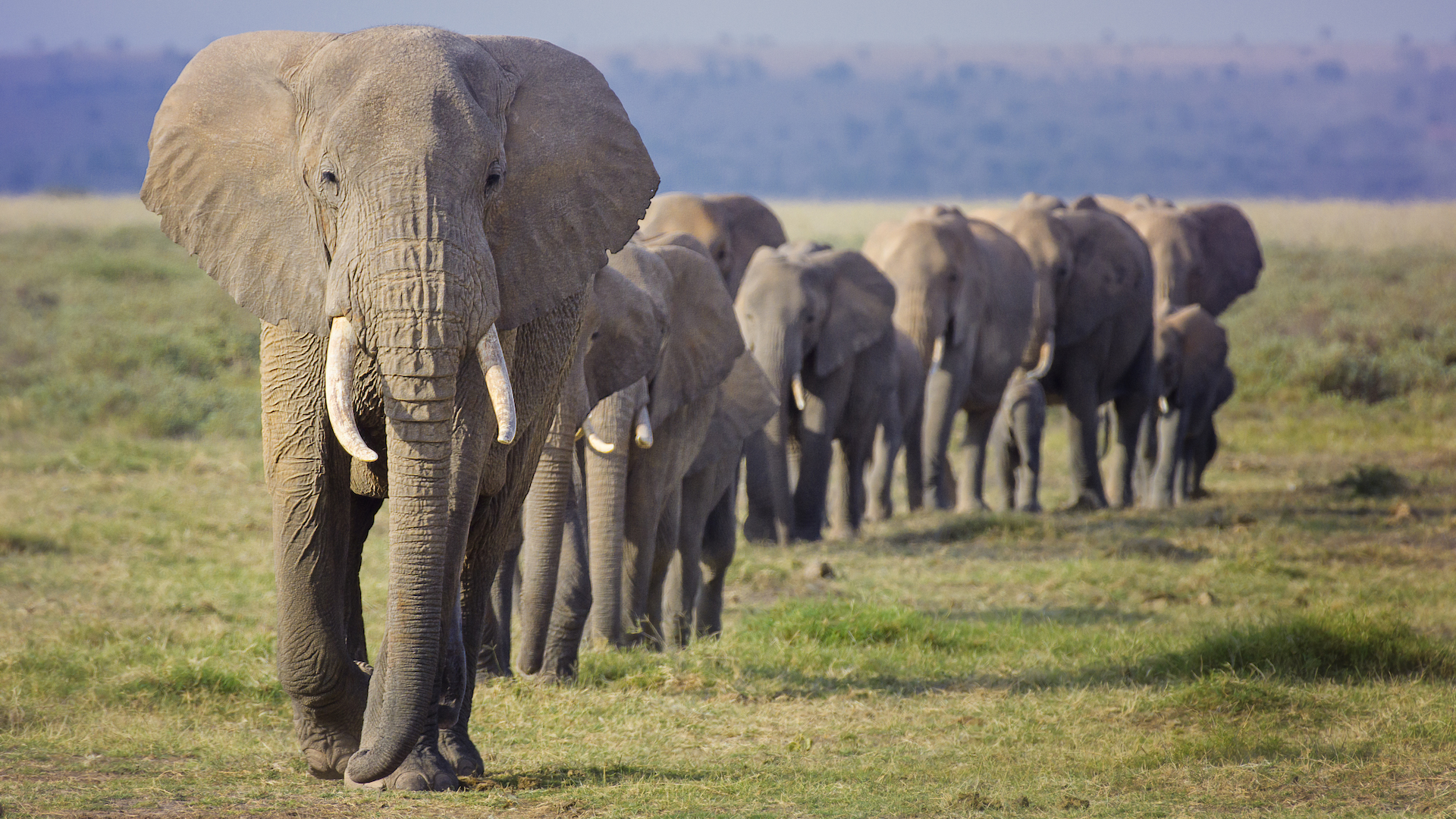
The African elephant was once thought to be a single species. But in 2021, it was divided into the African savanna (or bush) elephant (Loxodonta africana) and the African forest elephant (Loxodonta cyclotis).
And while scientists have previously argued that parsing species into ever-more groups can make it challenging for conservationists to direct resources, the African elephant is one example of how new data can actually make it easier. The International Union for Conservation of Nature (IUCN) — an organization that oversees the listing of threatened and endangered species — had previously listed the single species of African elephant as vulnerable, but splitting the group caused the African forest elephant to be reclassified as critically endangered, paving the way for new protections.
Following population declines of over 86% in the past 30 years, some populations have now stabilized due to strict anti-poaching policies.
Orca
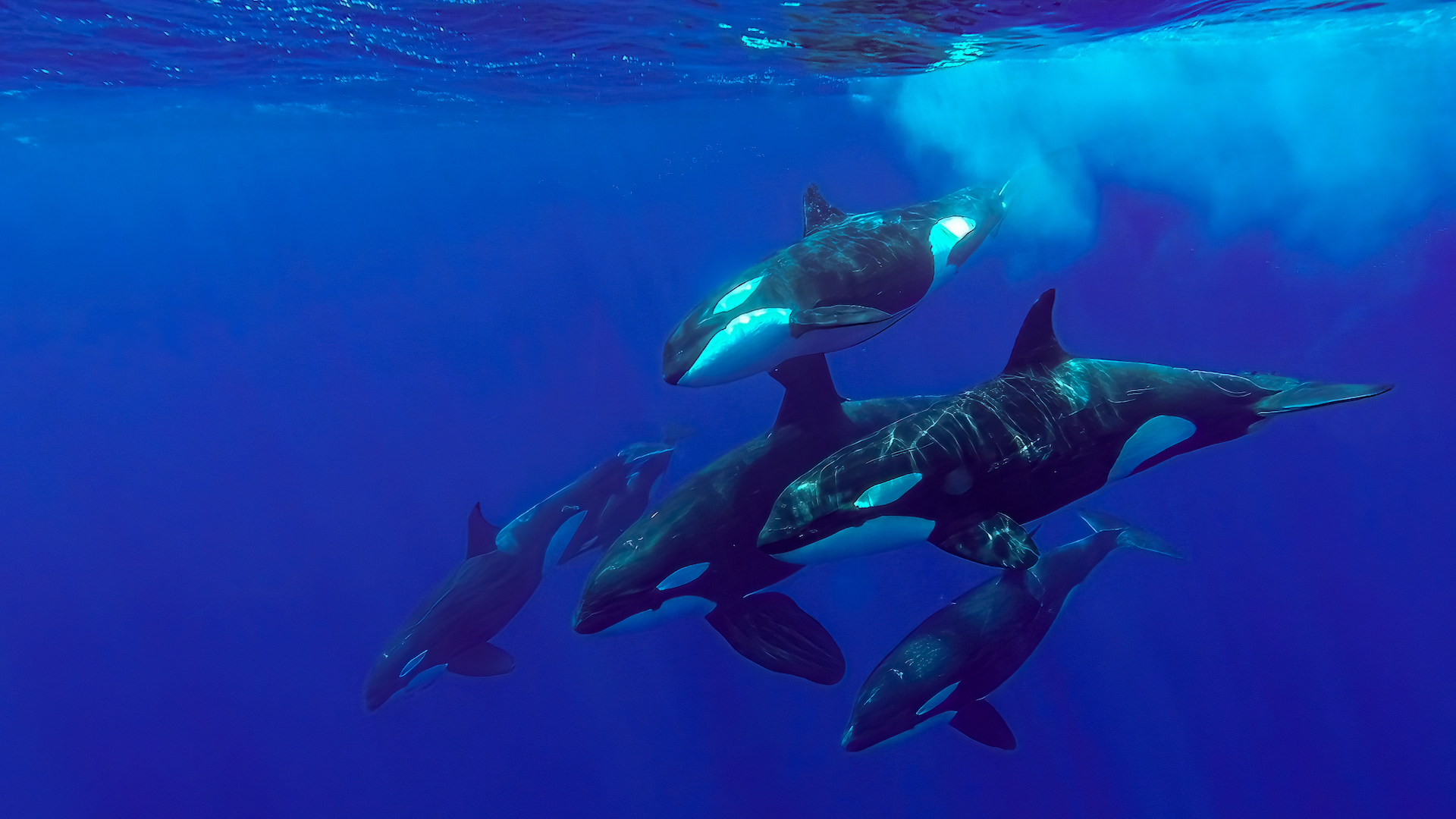
The orca, or killer whale, is a well-known example of speciation occurring in real time. While all of the estimated 50,000 orcas living today are currently lumped into a single species, Orcinus orca, there are at least 10 distinct ecotypes, each with their own distinct appearance, behavior and habitat. Resident killer whales, for example, tend to have smaller home ranges and specialize in eating fish, while transient orcas travel vast distances and feed on seals and other whales. These populations are currently diverging such that they struggle to communicate with one another or reproduce, prompting some scientists to push for a reclassification that would split the orcas into multiple species.
Giraffe
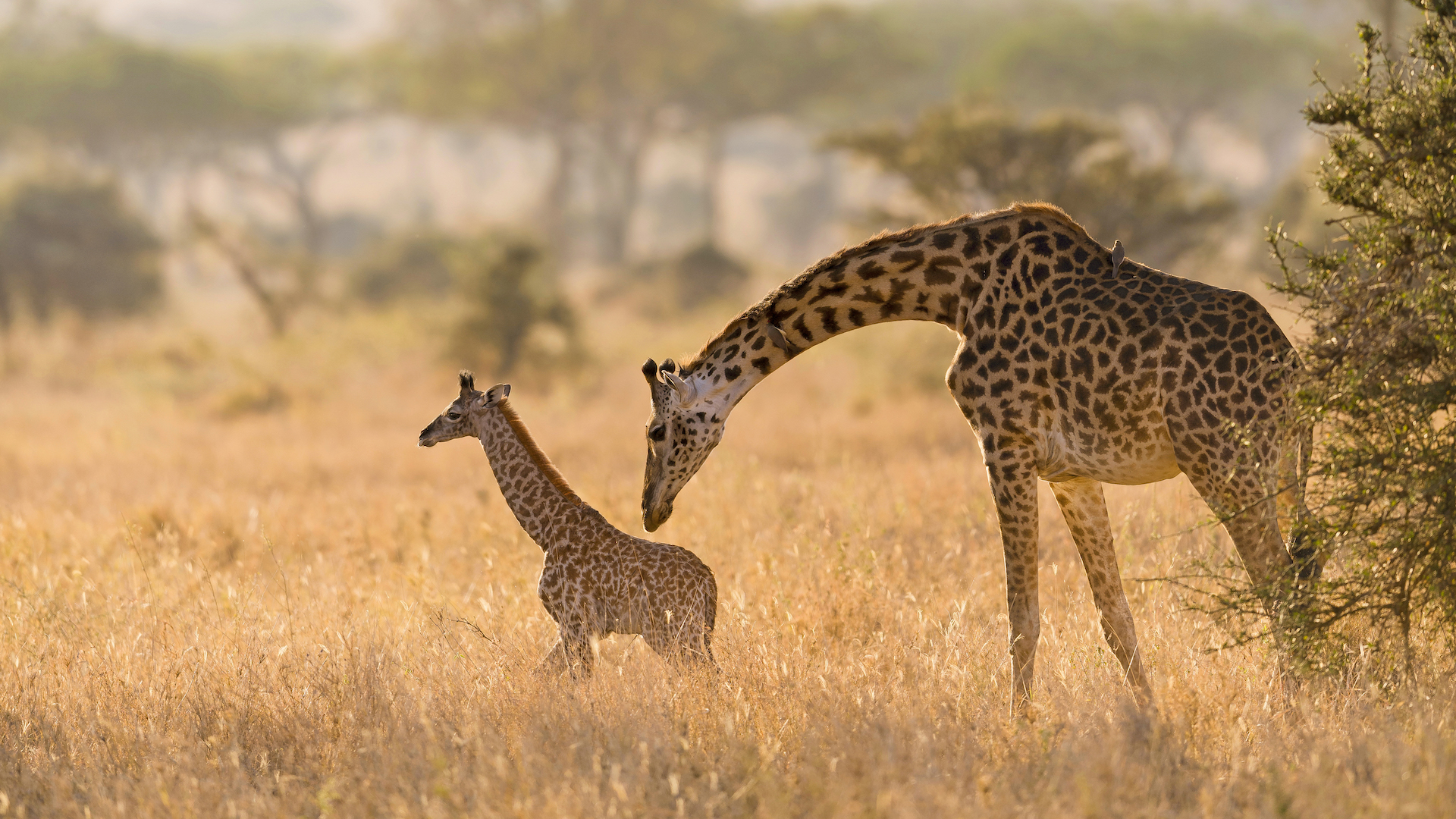
When famed Swedish biologist Carl Linnaeus first described the gangly, bizarre-looking giraffe in 1758, he did so without ever actually having seen the animal. Yet, for hundreds of years, his classification of the giraffe as a single species (Giraffa camelopardalis) persisted. It wasn't until 2016, once scientists had access to cutting-edge genetics tools, that they realized the roughly 120,000 giraffes alive today may actually represent four different species. Their suggestion was contentious at the time and remains so today. The IUCN, for example, continues to list the giraffe as a single species with nine subspecies.







